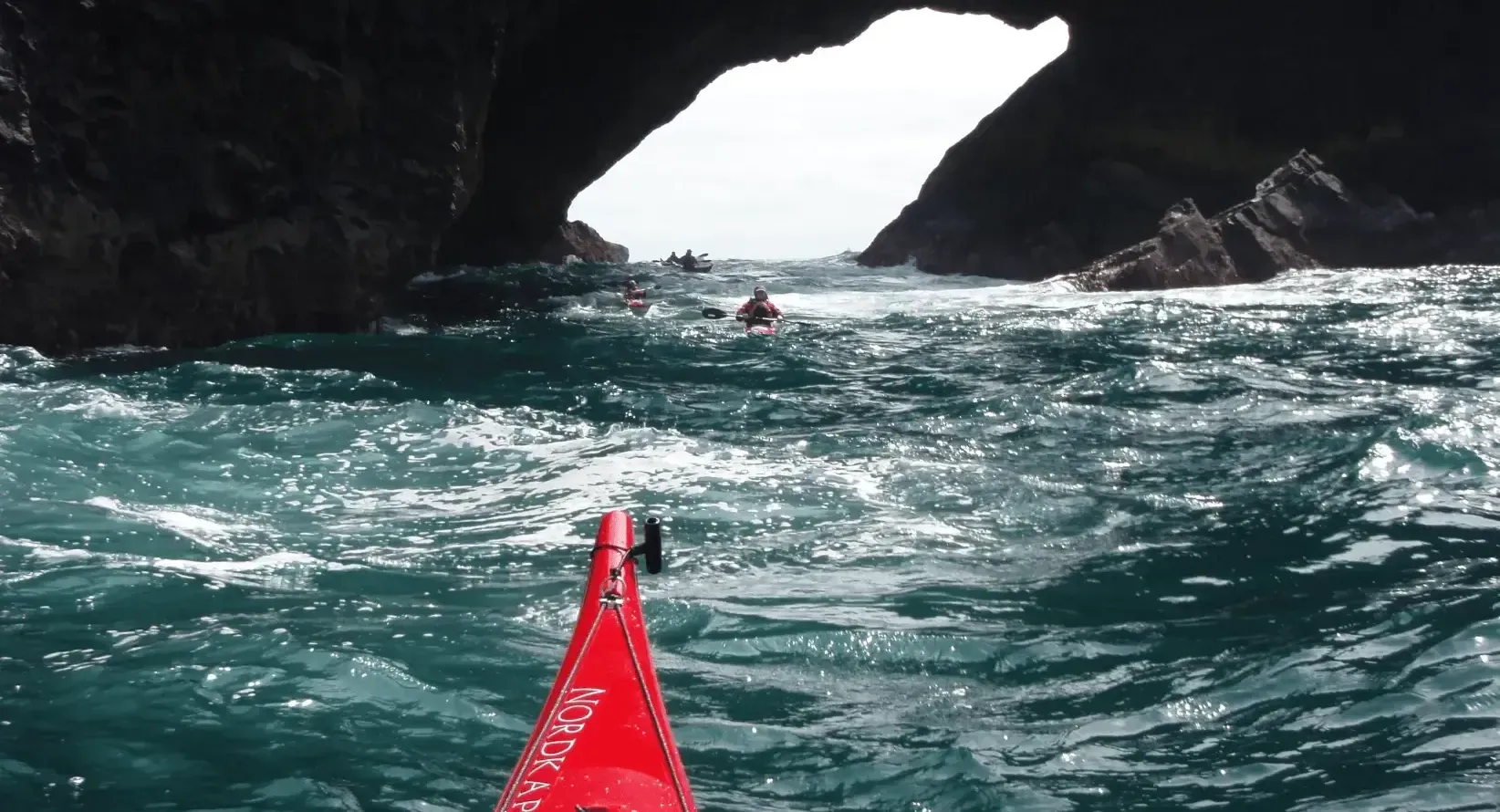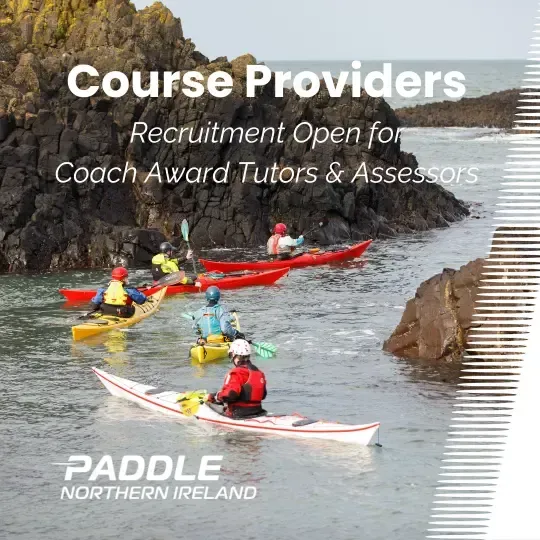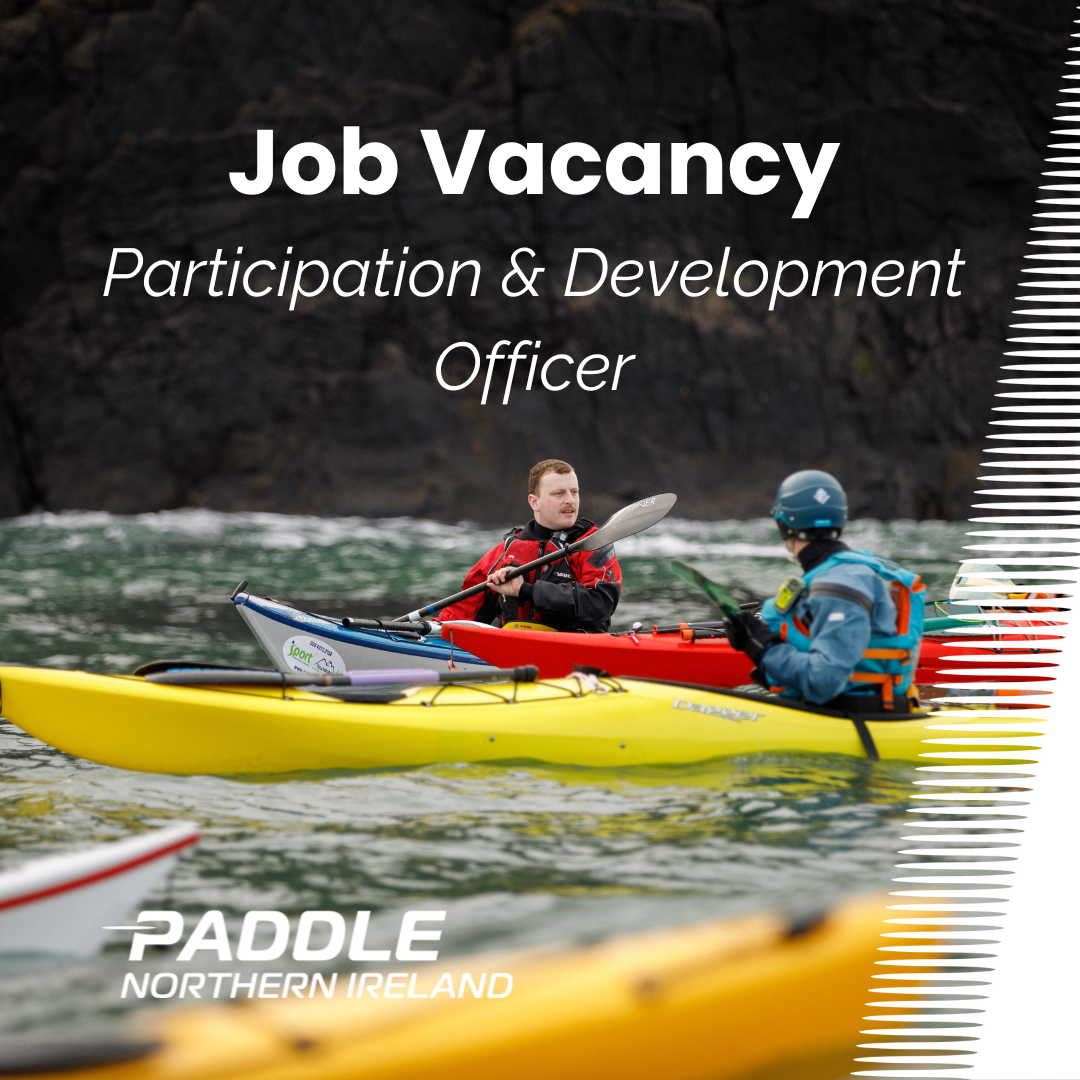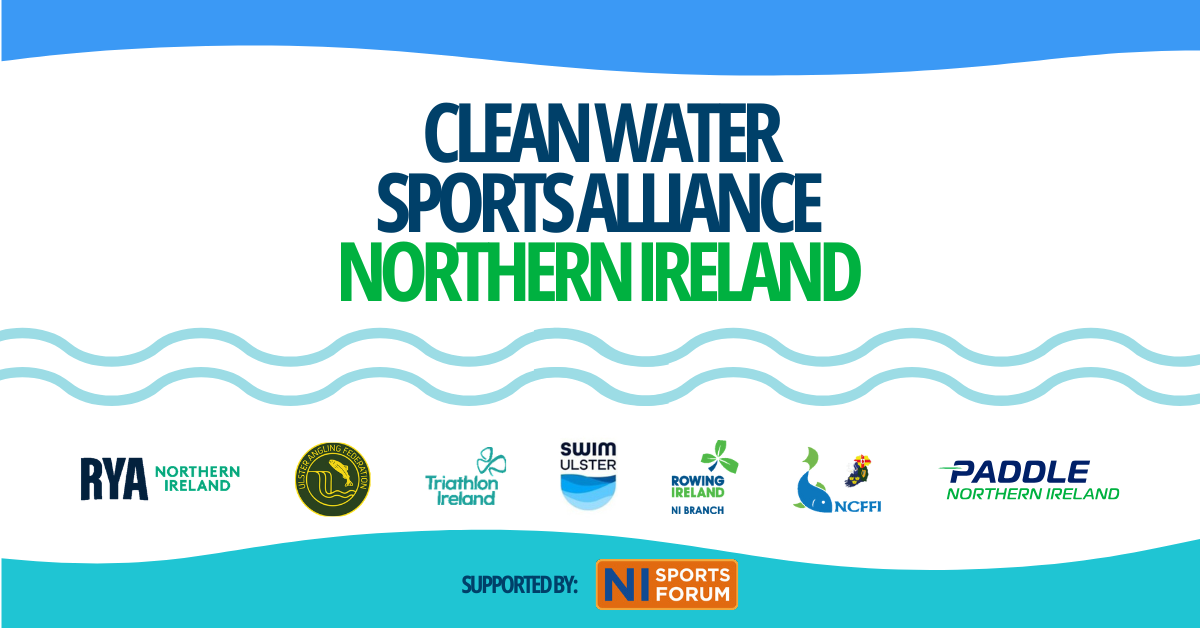
British Canoeing and the Royal National Lifeboat Institution (RNLI) are promoting five key safety messages to help people stay safe while participating in paddlesports.
The campaign aims to raise awareness of how to stay safe on the water when planning to Stand Up Paddleboard (SUP), kayak or canoe on any type of water – whether at the coast or inland.
The five key messages are:
- Wear a buoyancy aid / personal floatation device. No matter how strong you think you are at swimming.
- Carry a means of communication on you. If you become separated from your craft, this is when you may need to call for assistance.
- Check the weather. So that you can wear the right clothing and spot any weather that is dangerous to paddle in.
- Tell others of your plans. So they know when you will be returning.
- Paddle within your ability and if you need to, take courses to help level up your skills.
Canoeing, kayaking and stand up paddleboarding are continuing to rise in popularity with over 7.5 million adults participating in paddlesport activities in 2022.
The interest in stand up paddleboarding is increasing, with over three million adults participating at least one or two times in 2022, a 10% increase from 2021.
Paddler ‘grateful’ to RNLI after sea rescue >>
British Canoeing has been working with partners and retailers ahead of the summer, to increase safety messaging at point of sale, as inflatable crafts and paddling equipment become more widely available.
Paddlers can learn the basic skills through British Canoeing courses.
This summer British Canoeing is offering a free e-learning course to its Go Paddling audience, an Introduction to Paddlesport.
The course provides key information for beginners including key equipment, safety precautions and environmental factors.
Lee Pooley, Director of Coaching and Qualifications at British Canoeing: “Having the right skills and knowledge while on the water is vital. Knowing what you are doing is going to make your paddle easier, more enjoyable, and safer.
When starting your paddlesport journey there are a range of courses and videos to support you to develop your understanding and skills.”
Ashley Metcalfe, Chief Executive at British Canoeing: “The growth of stand up paddleboarding is unprecedented and we want all paddlers to have a positive experience on the water.
Promoting safety information through retailers and manufacturers, as well as directly to the public through our work with the RNLI and other key partners is key to increasing safety among new and novice paddlers”
Samantha Hughes, RNLI Water Safety Partner: “We want paddlers to have fun and to stay safe when heading out onto the water.
Weather conditions, particularly offshore winds and strong tidal currents, can make it more difficult or even impossible to return to the shore so it is really important to check the forecast and tide times before you head out.
Remember to wear a well-fitted buoyancy aid or personal flotation device as this will help you float if you end up in the water unexpectedly.
Always carry a means of calling for help such as a mobile phone in a waterproof pouch and in the event of an emergency at the coast call 999 and ask for the Coastguard and if you’re inland ask for the fire and rescue service.”
- Over 7.5 million adults participated in paddlesport activities in 2022
- The popularity of stand up paddleboarding continues to increase with over 3 million adults taking part at least 1-2 times in 2022
- RNLI lifeguards saw a 101% rise in incidents to kayaks/canoes and a 155% rise in incidents to stand-up paddleboarders in 2022 compared with 2021
- In 2022 RNLI lifeboat volunteers saw a 20% increase in call outs to stand-up paddleboarders
- From 2018-2022 RNLI lifeboat volunteers have saved the lives of 167 people who were kayaking, canoeing or stand up paddleboarding, with 56 (34%) of those lives saved in 2022



